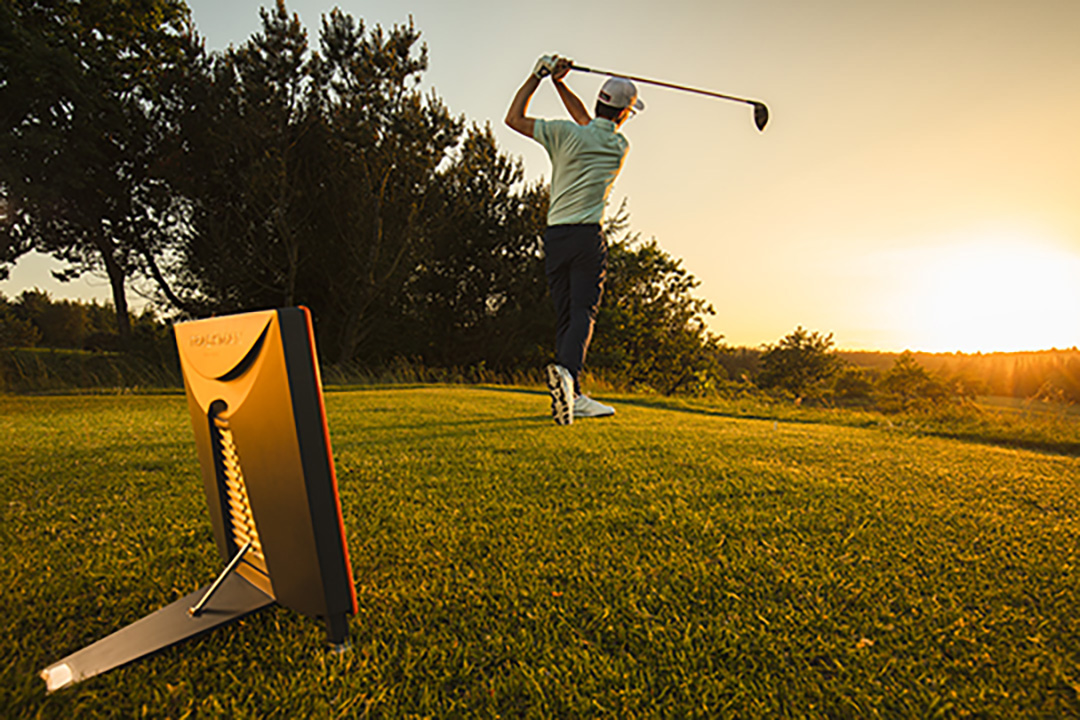
TRACKMAN
INSPIRE - INNOVATE - IMPROVE
THE GOLD STANDARD OF LAUNCH MONITORS - TRACKMAN 4

TrackMan utilizes radar technology to precisely track microwaves reflecting from moving golf clubs and balls, capturing critical data at the moment of impact. Established in 2003, TrackMan has a rich history in golf radar technology, aiding professionals in comprehending impact dynamics. Its radar system maps essential parameters such as club speed, ball speed, backspin, launch angle, face direction, swing direction, attack angle, dynamic loft, and more.
This portable golf launch monitor and swing analyzer are indispensable tools in golf instruction today, catering to professionals, coaches, players of all levels, and beginners alike. Whether for swing refinement, analysis, or club fitting, the radar and software adapt seamlessly to both outdoor and indoor simulated golf environments. TrackMan empowers users to grasp how PGA Tour players leverage data in their daily routines.
With unparalleled precision, TrackMan tracks the complete shot trajectory, accurately pinpointing the landing position within a foot at 100 yards. Real-time data, including 3D shot trajectories and 26 impact and ball flight parameters, is delivered within 1 second of impact.
Here are the key club and ball metrics that TrackMan can track for comprehensive analysis:
FACE ANGLE
Face Angle is the direction the club face is pointed (right or left) at impact.
Most golfers refer to this as having an open or closed club face. A positive value means the club face is pointed to the right of the target at impact for a right-handed golfer) and a negative value means the club face is pointed to the left of the target for a right-handed golfer).
SWING DIRECTION
Swing Direction is the direction the club head is moving (right or left) during the bottom half of the swing.
Most golfers relate this number to hitting the ball in-to-out or out-to-in. A positive value means the club is moving to the right of the target at impact (for a right-handed golfer) and a negative value means it is moving to the left of the targetout-to-in (for a right-handed golfer).
Call us now:
- 2021 130th Ave NE Suite D
- Bellevue, WA 98005
- 1-425-556-9022
- Hours of Operation
- Mon-Fri 8am-7pm
- Sat 8am-5pm, Sun closed
- Or by Appointment Only


